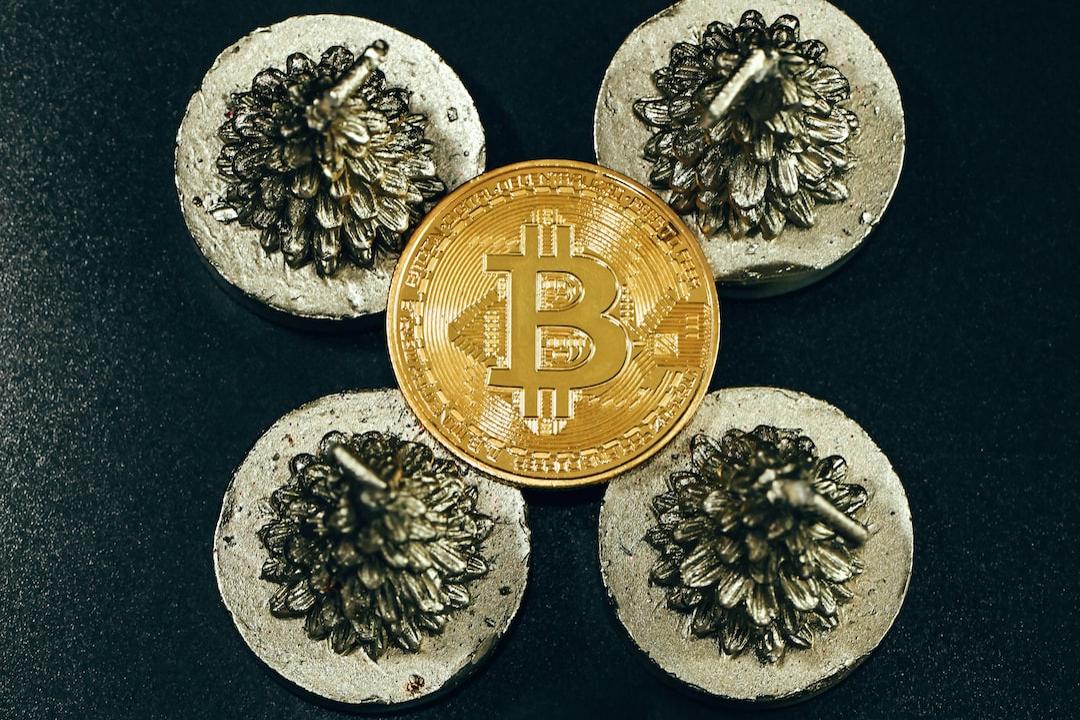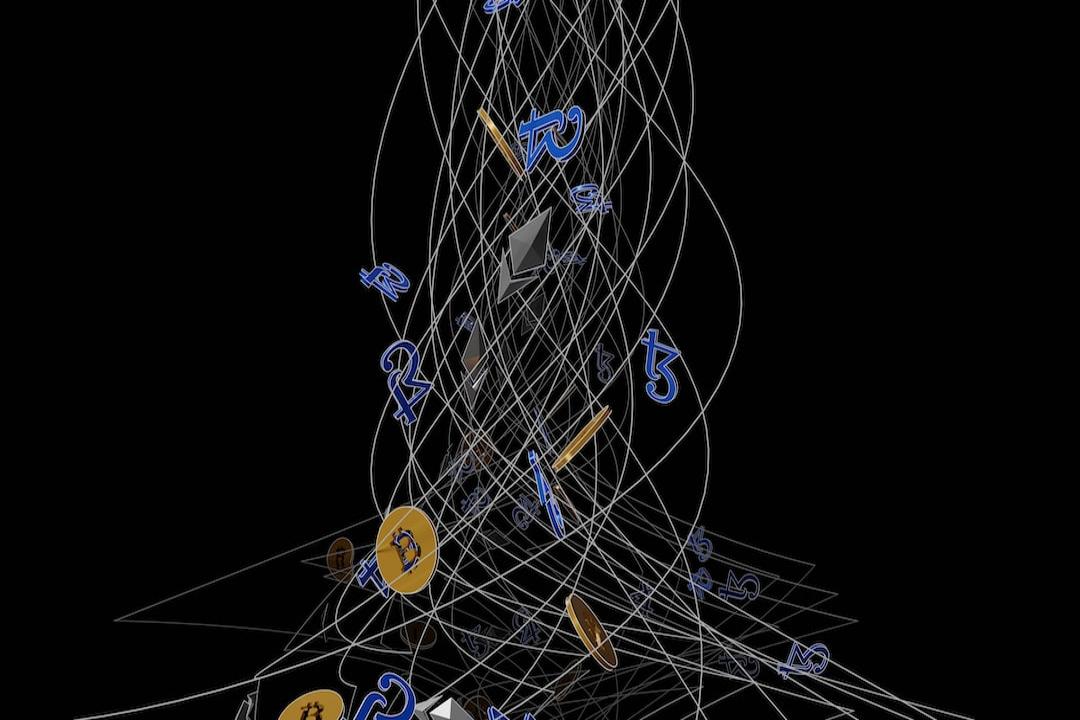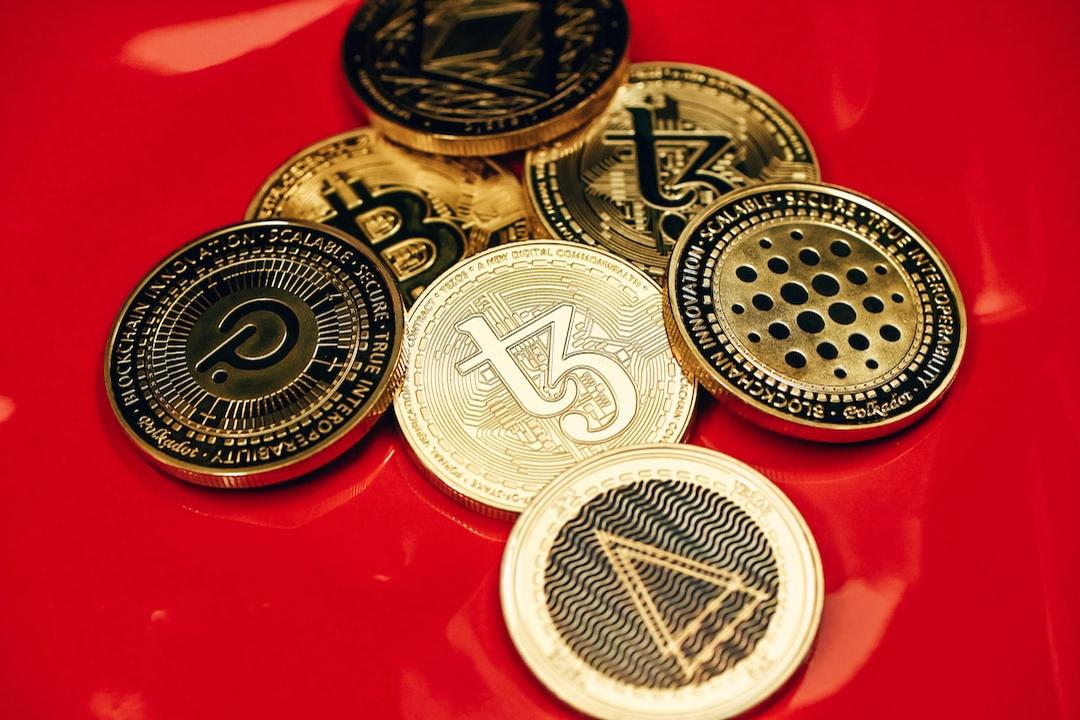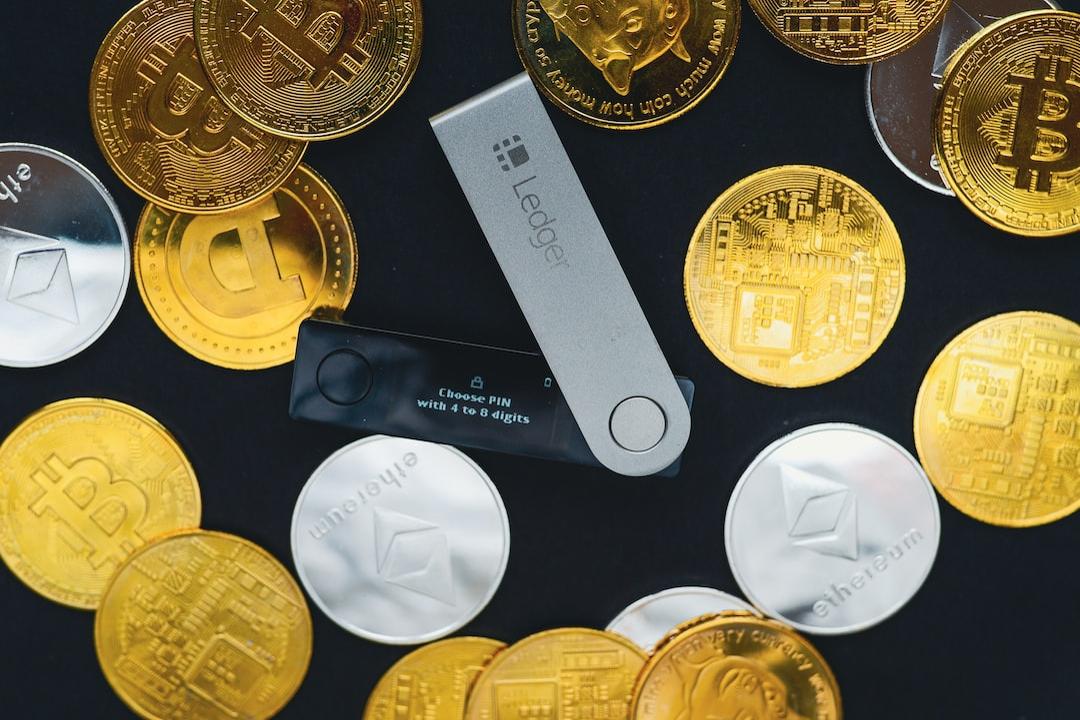CoinWorld reports:
Price is not everything for a project, and its development largely depends on market conditions, the quality of the project itself, and the hype surrounding its narrative.
Written by andrew.moh, a crypto KOL
Translated by Felix, PANews
Recently, getting listed on mainstream cryptocurrency exchanges, especially Binance, has become a real catalyst for projects.
“When Binance?” or “When listing Binance?” has become a common phrase in the crypto community. There are two key factors driving this phenomenon:
1. Liquidity
As one of the largest centralized exchanges in the world, Binance has excellent liquidity, ensuring seamless and large-scale trading.
Listing on Binance can enhance the attractiveness and trading activity of a project.
2. Reputation
Binance Labs, a subsidiary of Binance, sets the industry standard for reputation. When a project receives recognition from Binance Research, it greatly increases user awareness. With Binance’s support, user trust soars.
“If Binance invests in a project, it is definitely a winner.”
Previously, Arthur Hayes, co-founder of BitMEX, wrote that Binance charges a listing fee of up to 8% of the total token supply and requires projects to purchase and pledge BNB, which will be refunded upon delisting. This is equivalent to $5 million (other exchanges require stablecoins or their tokens to be deposited with amounts ranging from $250,000 to $500,000).
Related reading: Arthur Hayes to Crypto Projects: Instead of Trying to Get Listed on Binance, Just Go Straight to DEXs

Projects that want to get listed on Binance or other exchanges must invest a large amount of funds.
Many TGE projects with high FDV often result in losses for retail investors.
Meanwhile, venture capital firms make significant profits by selling at prices as high as 142.5%.

VanEck pointed out that investment funds focus too much on short-term returns, which affects users and projects. Hayes suggested being cautious when prioritizing listing on Binance.
However, projects listed on Binance often succeed due to their strong community and technology. More and more valuable projects are following this trend.
Nevertheless, the high listing fees force projects and VCs to pursue short-term profits, negatively impacting investors’ performance in 2024.
So the question remains: Is listing on Binance a driving force for price increases?
Price increases will depend on many key factors, not just listing on Binance, including:
1. Market conditions
2. Project quality
3. Hype surrounding the narrative
and more.
1. Market conditions
Market conditions are the biggest factor directly influencing token prices.
The table below shows that out of the 37 tokens listed on Binance in 2024, except for 5, the rest are in a state of “break-even.”
NEIRO has risen by 294% since its listing on September 16, with an FDV of about $690 million.
Most of the tokens listed on Binance in 2024 have seen a decline, with more than half experiencing a decline of at least 30-80%.
The worst performer is AEVO, which has dropped over 88% since its initial listing in February.

So how should we view tokens listed on Binance?
Based on these statistics, you may lose trust in every project listed on Binance. (If you invested in projects listed on Binance in 2024, your success rate is only 13.5%)
This is normal due to market conditions.
BTC is close to $70,000 and has risen from $42,000. But why are almost all altcoins still in a downtrend?
2. Project quality
You might think that Binance Labs is a reputable VC company. Projects that want to get listed on Binance are not just about financial stories. It also means:
Good product quality/innovation
Large community
Binance Labs rigorously reviews each project to ensure that only the best projects are selected.
The seed label on Binance is applicable to:
Tokens in the innovation zone, aimed at trading new tokens while protecting other tokens from volatility risks
Innovative tokens with potential for future listings
However, Binance always issues announcements related to monitoring labels. If a project is listed on Binance but has:
High volatility and poor liquidity
Low market cap
Delisting risk
Suspicious operations endangering users
they will be added monitoring labels.
If this continues, these projects will be delisted from Binance. If that happens, it will be a disaster for the project and its holders.
3. Hype surrounding the narrative
Entering 2024, Web3 users are discussing “narratives.” From AI and DePIN to RWA, each narrative contains a story that is expected to lead the industry towards widespread adoption of cryptocurrencies.
But you can see the market’s reactions to these narratives. Almost all current narratives have their highlights, but most of them are struggling.
From the table above, you can see that 4 out of 5 of the rising projects are meme projects. Memes seem to be magical tickets attracting millions of users.
According to CMC data, out of the top 100 meme projects by market capitalization, there are 11 meme projects.
7 meme projects have a market cap exceeding $1 billion.
It is expected that in the next bull market cycle, at least 3 meme projects will reach a market cap of $1 billion.

In conclusion, getting listed on Binance seems to be the dream of every Web3 project, but it is not just about price. Projects listed on Binance may undergo careful scrutiny by top VCs.
However, the development status of a project cannot be guaranteed. If users only invest in projects listed on Binance, it is time to reconsider their investment strategy. Price narratives are not everything, so it is advisable to invest wisely and keep a clear mind.
Add A Comment
© 2025 Bull Run Flash All rights reserved.


